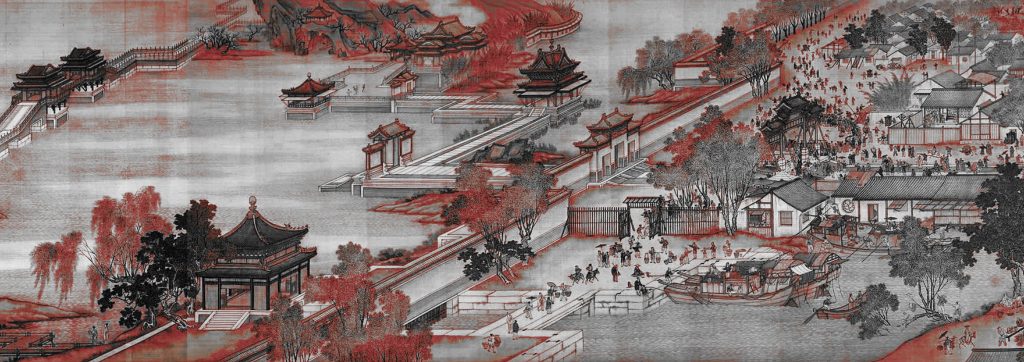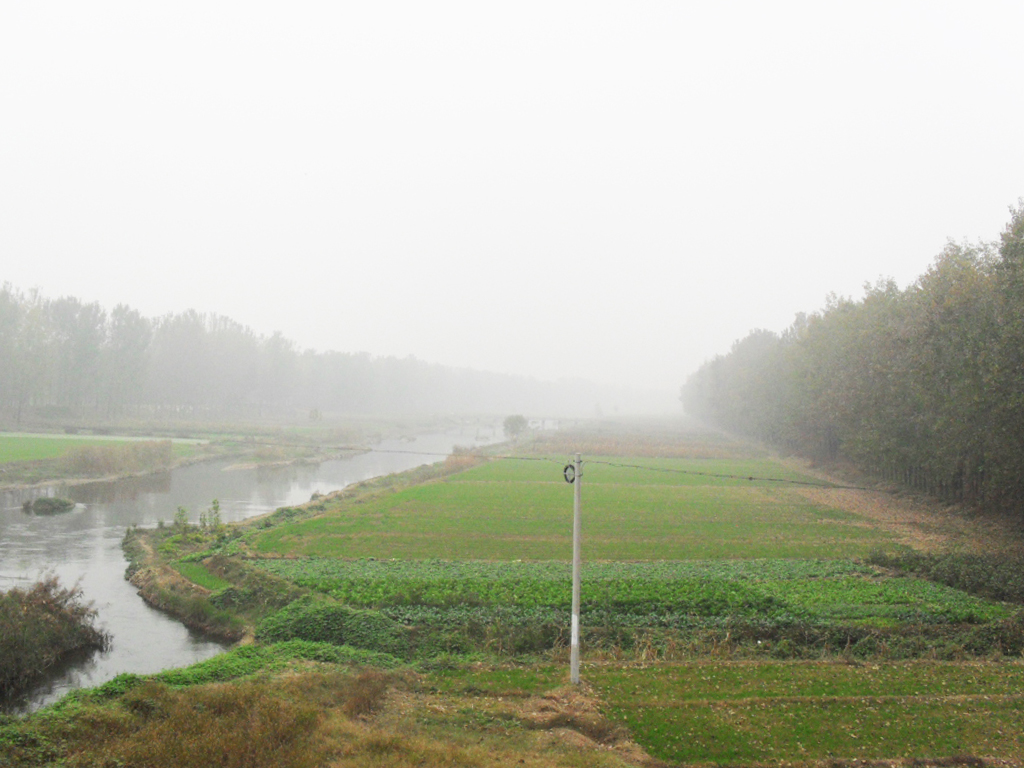Baisha River City masterplan aims to blend an innovative urban design approach that links contemporary urban conceptions with traditional Chinese urban civilizations.
As part of the new district of Zhengbian -connecting the areas of Zhengzhou East and Kaifeng West – the Zhengzhou New District -Baisha will be a key urban project for the future development of Henan province. Baisha Cluster will become an important urban center that, with an area of about 42 square kilometers, is intended primarily for scientific educational research, technology, and innovative industry, along with residential, administrative, leisure, cultural buildings and with the corresponding urban services.
The project expresses a commitment to make a completely penetration of the original landscape into the urban structure that will define the feature of the urban identity; representing the spirit that guided so many cities in ancient China along the Yellow River.
Overall, the new public spaces, traffic infrastructures, integrated landscape and buildings will shape a living and sustainable city along the river. In this way, it is boosted the balance between memory and innovation that links contemporary Zhengzhou with the ancient traditions of its history.
The project is conceived with the idea of giving a different model to the current urban development reality.
It is usually based on the rejection of the local heritage and therefore the proliferation of sameness urban configuration, and thus identity absence. Indeed, when the proliferation of the so-call generic spaces is already everywhere some problems, like the loss of territory identity, appear.
Identity
This fact has disassociated individuals from the elements that they feel identify with.
In Baisha cluster, this urban and therefore social problem has been answered by creating the most connected hybrid space in relation with the most particular local characteristics; a counterpart of the already spread idea of unified space which no longer belongs to one particular society, and therefore foster the process of the urban banalization. By keeping the importance of the pre-existence urban morphology, and the interrelation with the landscape, it is intended to foster the inhabitants’ identification with their place.
Understanding the urban morphology has meant to structure Baisha area base on nodal points, or in other words base on the acknowledgement of the pre-existed settlements; a new-polycentric city based on connectivity but capable of offering real urban qualities.
These nodal points are mixed-use areas which are the way of activating the city and producing a system in constant movement. It will be achieved by restructuring urban cells as self-sufficient habitats connected with others; reconfiguring urban areas with dense, compact, and mixed-use neighborhood units linked by public transport; appropriate scale, diversity, complexity and different local and general connectors.
As inhabitants finds their memory in the surrounding material elements, Baisha area encourage the penetration of the natural heritage into the new urban configuration. Baisha area is a 500,000 inhabitants’ urban development where the various centers of activity are linked up by an efficient rapid transport system, and the gradual dissolution of the built mass helps to keep the connection with the natural and man-made heritage.
Instead of planning Baisha area as a whole, it has been thought by the creation of different and independent linked units. On the grounds that it is not possible to install complexity, this urban or nodal cells will grow to eventually create an urban complex, rather than been installed.
The new urban Baisha development, as a complex intelligent development, will need the existing built substance, existing communities, and existing cultures in order to enrich the physical implication of the citizen with the place. Eventually, this strategy will result into an action against the trend of losing the cultures and identities of the urban places.
The preservation of the existence conditions will encourage the possibility of building a no artificial identity, but rather a new one.
In the new environment where city is a marketing concept, the new rules to produce urban habitat need to be modified. A flexible, absorbing, functional, surprising system might be developed. Yet, it will need to be integrated with the existing urban territory intelligence, and with the global system at large.
It will be necessary to resist the normal compulsion to make a sweeping gesture that defines the identity of a site and separates it from the rest of the system. By not creating a monolithic entity imposed on the territory but a regime that stimulates cultural activities and spaces throughout the system. The system needs to be porous like a sponge, but not hermetic like a bubble.


